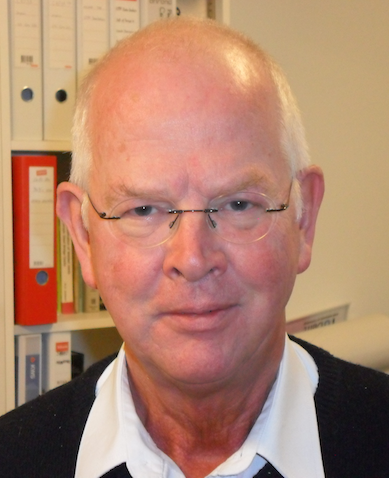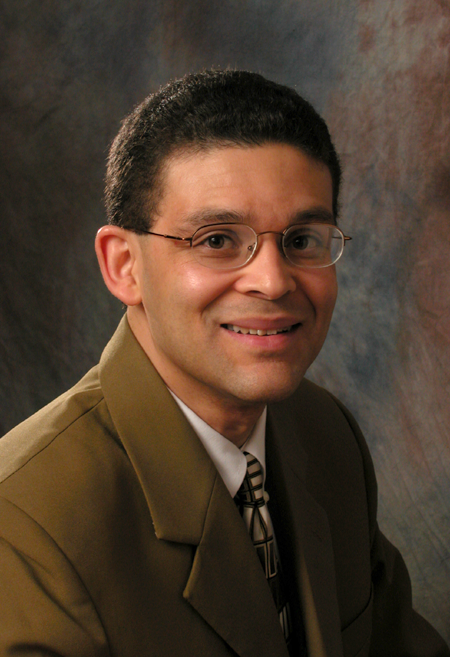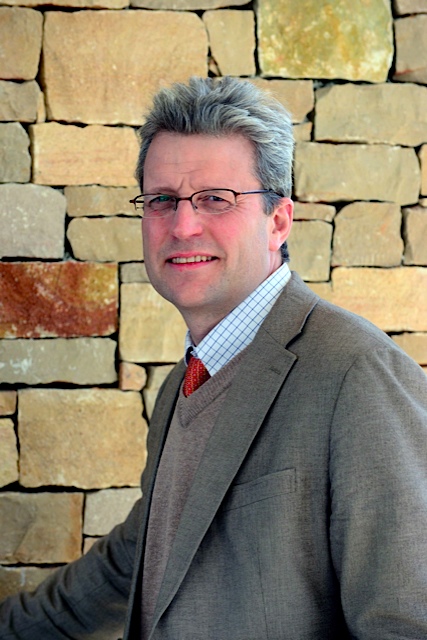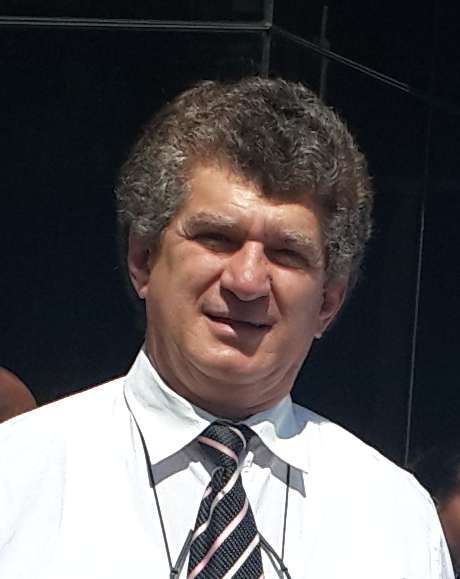
|
|
|
Programme > Keynote lecturers
The following distinguished scientists have agreed to give lectures at MCD2016.
June 7th, 2016 - Cracking in Asphalt Materials
 |
Andre A. A. MOLENAAR is Emeritus Professor of the Delft University in the Netherlands. His research covered a wide range of topics such as cracking of asphalt pavements, behavior of unbound materials, pavement evaluation and accelerated pavement testing. Next to that he acted and still acts as senior advisor to some major design and construction projects in and outside Europe. He was the chairman of the former RILEM committee on cracking in asphalt pavements. In 2003 he was awarded the Emmons award for the best paper at the AAPT 2002 meeting.
Pavement research got a major boost by the execution of the AASHO Road Test in the late 1950’s early 1960’s. Since then a huge amount of research was done on the prediction of defect types like permanent deformation, raveling, cracking etc. The question we are facing now is “what have we learned from all our efforts” did we manage to fully understand the cracking phenomenon as caused by the combined influences of traffic, environment and ageing? If this is not the case we have to define the problems that still need to be solved and what kind of research is needed to arrive to these solutions. If the answer is “yes” then we should ask ourselves to what extend the results have been implemented in practice and to what extend this has resulted in improved pavement performance. The presentation will start with a short overview of the cracking research history and how the results are implemented in design systems. Then the “state of the art” will be discussed as well as some shortcomings in the current design systems and used cracking models. Ample attention will be given to material characterization and test methods which will result in some statements with respect to preferred test methods (some may be provocative). This includes a critical review of some European norms. Based on this some proposals with respect to future research will be made. Finally a number of construction aspects will be discussed which heavily influence pavement performance. For another friendly scientific event, we hope to meet Professor Reynaldo Roque, from The University of Florida (USA), soon (MCD2016 intitial keynote lecture: Assessment of asphalt mixture cracking performance) ! |
 |
Glaucio H. PAULINO is Professor at the Georgia Institute of Technology (USA) where he holds the “Raymond Allen Jones” Chair. He recently served as director of the “Mechanics of Materials” program (2009-2011) and the “Nano and Biomechanics” program at the NSF. His seminal contributions in computational mechanics include development of methodologies to characterize the deformation and fracture behavior of existing and emerging materials and structural systems and topology optimization for large-scale multiscale/multiphysics problems. He received the 2014 Ted Belytschko Applied Mechanics Award from ASME and is author of a new book on The Symmetric Galerkin Boundary Element Method (Springer-Verlag, 2008).
Keynote n°2: New frontiers in fracture and fragmentation simulations |
June 8th, 2016 - Interface Debonding Behavior
 |
Manfred PARTL is Adjunct Professor at KTH Royal Institute of Technology in Stockholm and at Carleton University in Ottawa. He is also docent at ETH Swiss Federal Institute of Technology. He is Director of the Road Engineering/Sealing Components Laboratory at EMPA materials science and technology (Switzerland). His special interests focus on mechanical and physical properties and characterization of bituminous materials and systems. As a TC Chair and Cluster Convener, he has served Rilem for many years and is now the European Convener of its Development Advisory Committee. He is former president of ISAP International Society for Asphalt Pavements and chair of ISAP TC on Asphalt Pavements and Environment.
Debonding of pavement layers and interfaces is one of the major problems in asphalt pavement technology. It has not only major impact on durability and mechanical performance of asphalt pavements but also on structural damage of concrete bridge or tunnel decks with bituminous overlays. The reason why it has been neglected for many years, is possibly due to the fact that debonding is not only a materials issue but a phenomenon that is affected by the whole structural system. It is therefore heavily influenced by a great variety of undefinite parameters depending on techniques and field conditions of construction, thus creating quite a bit of challenge for assessing debonding from a laboratory point of view. This presentation deals with several phenomena of debonding such as interlayer shear behavior between asphalt pavement layers under different conditions and pavement configurations. It provides an overview on recent own research on characterization of adhesion of pavement joints and asphalt pavement plug joints as well as on understanding phenomena of blister formation on bridge decks waterproofing systems. Measurement methods for detecting debonding and blistering are considered and possibilities of artificial healing of debonding are addressed. |
 |
Nicolas MOES is full Professor at the Ecole Centrale de Nantes (France) and researcher at the GeM (research institute for civil and mechanical engineering). He is one of the co-inventor of the eXtended Finite Element Method (X-FEM) for fracture mechanics and for other applications like material interfaces. He received the young investigator award from the IACM (International Association for computational Mechanics) in 2006 and was declared IACM fellow in 2008. In 2014, he received the silver medal from CNRS.
The TLS model was designed to allow for a smooth transition to fracture. It belongs to the family of the non-local damage models and thus introduces a length. The originality in the TLS is that it incorporates a geometrical aspect : the shape of the localization zone is located by a level set. So far, most of the efforts have been concentrated to quasi-brittle fracture. After restating the motivations for the new model, we review the results obtained in these past 5 years. The following issues will be addressed : Capability of the model to reproduce properly size effects in concrete cracking; Predictive capabilities for crack onsets at notches; Capability of the model to take into account concurrent local and non-local developments of damage; Comparison with other non-local damage models; Relationships with the cohesive zone model. Finally, a set of open issues will be detailed. |
June 9th, 2016 - Advanced Measurement Systems for Crack Characterization
 |
Morris DE BEER is a former Professor Extra-ordinary at the University of Pretoria (South Africa). At the CSIR, he is a Principal Research and Professional Engineer active in the areas of flexible and rigid road pavement materials, new and rehabilitation design and analysis methods of road pavements. Since 1976, his research includes Accelerated Pavement Testing (APT) with the Heavy Vehicle Simulator (HVS). During the last 10 years, he focussed primarily on tyre-pavement interaction with the locally developed tyre-road pavement Stress-In-Motion (SIM) system. He is an inaugurate member and Associated Editor of the RMPD International journal since 1999.
The presentation is concerned with historical research in South Africa using amongst others full scale Heavy Vehicle Simulator (HVS) devices. New failure law(s) such as Crushing and Fatigue were defined both quantitatively and phenomenologically for lightly cementitious layers, differentiating between “dry” and “wet” test conditions. This led to improved mechanistic-empirical (ME) design and evaluation methodologies, including slip between layers. In addition the Stress-In-Motion (SIM) technologies for defining traffic inputs into M-E design method(s) were investigated in great detail. Of the products in the focus of pavement research includes the following: Dynamic Cone Penetrometer (DCP) methods (including software packages), the Rapid Compaction Control Device (RCCD) for compaction control, even on trench re-in statements. On the recycled material side developments resulted in an advanced laboratory twin-shaft pugmill mixer technology, currently available in practice. The skillful use of above aspects allows pavement and material engineers to assess rural highways and pavements (also lower class such as “Low Volume Roads” (LVR)) in a much more technical focussed way. It is based on viewing and analysing pavements as structural systems which respond to traffic and environmental loading influences. In particular, the presentation emphasis will be on the HVS & SIM technology, as well as the Strain Energy of Distortion (SED) pavement response parameter. |
| Henrique M. REIS is full Professor at the University of Illinois at Urbana-Champaign (USA), where he is the Director of the Nondestructive Testing and Evaluation Laboratory. His research areas include materials characterization, structural health monitoring, and life-cycle management of materials and structures. He is a Fellow in the American Society of Nondestructive Testing (ASNT), in the British Institute of Non-destructive Testing (BINDT) and in the Acoustic Emission Working Group (AEWG). He has chaired the ASNT Research Council and served in the ASNT Board of Directors. He was the recipient of the 2015 ASME Founders Award by the Diagnosis and Prognosis Division. Recently, he was also bestowed the 2016 ASNT Award for Sustained Excellence.
Keynote n°6: Oxidative Damage Quantification of Aged and Rejuvenated Asphalt Concrete Pavements A nondestructive approach to estimate the state-of-damage due to oxidative-aging in asphalt concrete (AC) pavements is presented. The approach, which is based upon nonlinear ultrasonic interrogation of the pavement top material layer, consists in analyzing the resultant wave field of the non-collinear mixing of two critically refracted longitudinal ultrasonic waves. Using two non-collinear ultrasonic wave mixing parameters, a two-dimensional “oxidative-aging characterization curve,” is developed that uniquely characterizes the nonlinear response of asphalt concrete mixtures with increasing levels of oxidative oven-aging. This curve, which is AC-mixture-dependent only, serves as the calibration curve that allows pavement prognosis by nonlinear ultrasonic measurements at the pavement surface. The use of this approach in pavement engineering to assess the self-healing capacity of pavements and to evaluate maintenance treatments on asphalt pavement surfaces, such as the use of penetrating rejuvenators is discussed. |
| Online user: 1 | RSS Feed |

|
